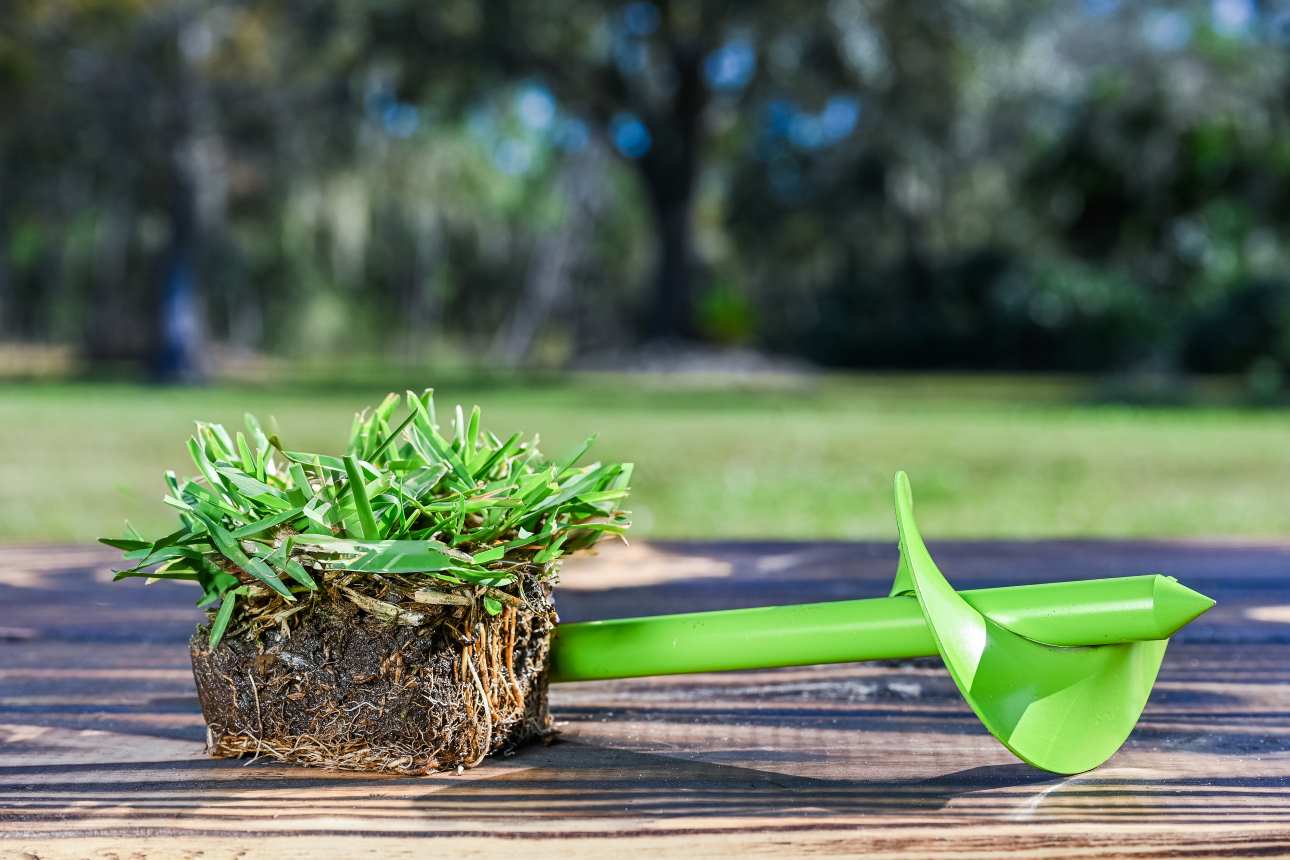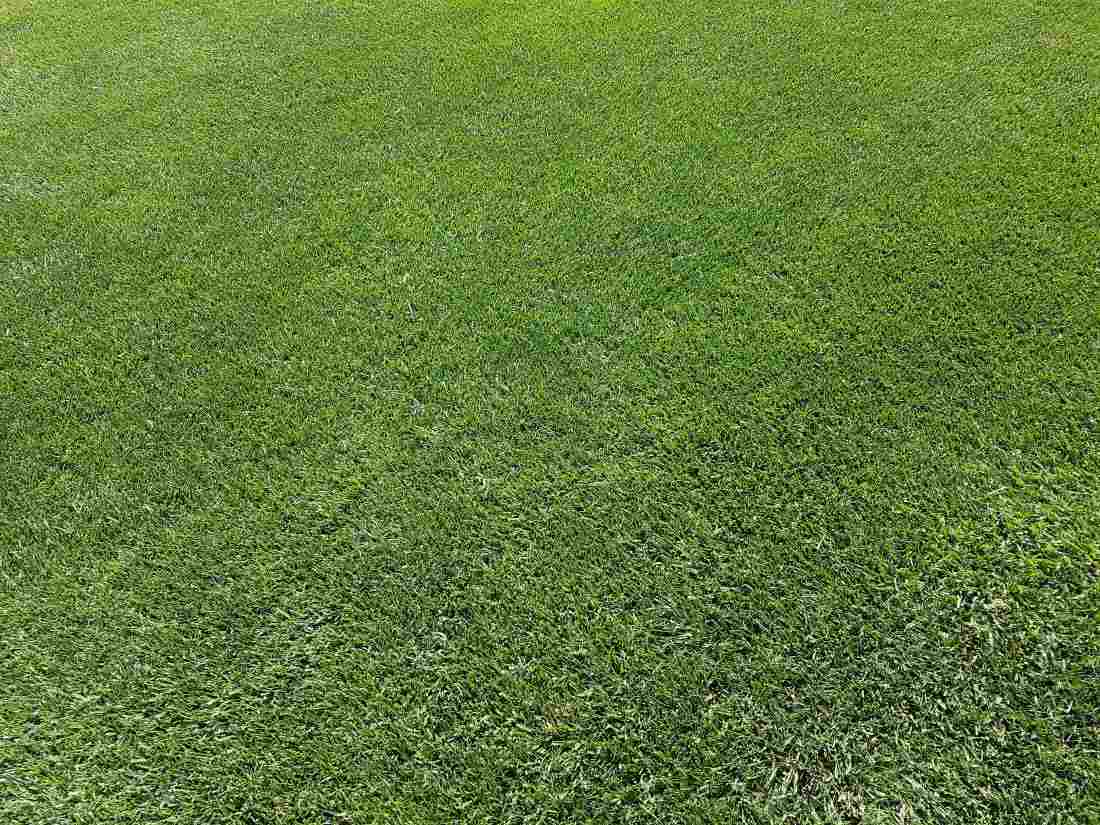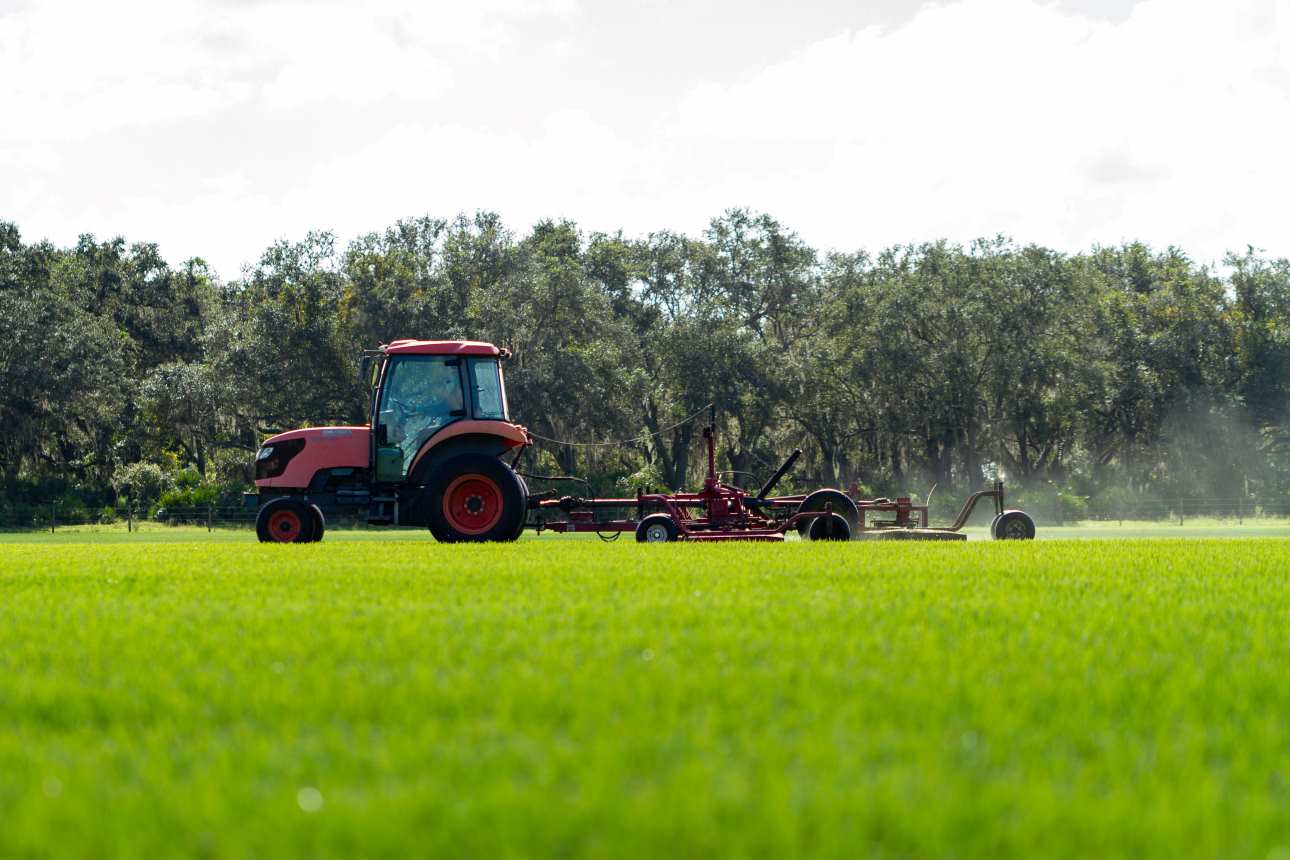
Should You Mix Different Grass Varieties in Your Lawn?
Jamie TedderUsing different grass varieties in a lawn is a common practice among homeowners and landscapers alike. The idea behind this method is to leverage the unique characteristics of each grass variety to create a lawn that can adapt to a range of conditions, such as varying levels of foot traffic, sun and shade exposure, and drought tolerance. Individuals aim to cultivate a more resilient and visually appealing lawn that can thrive in diverse landscapes.
However, while some successfully mix grass types in their lawns, some lawn care experts advise against it. They argue that mixing grass varieties can lead to uneven growth patterns, color variations, and maintenance challenges. Additionally, different grass varieties may have different maintenance requirements regarding sunlight, water, and nutrients, making it challenging to provide the optimal care for each type of grass.
What Happens if You Mix Different Grass Varieties in Your Lawn?
Mixing grass varieties in a lawn has benefits and disadvantages, and the outcome can depend on various factors, including the establishment method, grass types you are mixing, and maintenance. When done right, this practice can increase the overall resilience of your lawn to your specific conditions. Alternatively, it can also lead to a patchy appearance and maintenance difficulties if not done carefully and without properly considering the specific needs of each grass variety.
Mixing Grass Varieties Using Seed
Traditional lawn seeds are usually a blend of complementary grass varieties designed to provide benefits such as heightened resilience, better adaptation to varying conditions, and a more aesthetically pleasing lawn. This option uses different varieties to create a lawn that can better withstand challenges like foot traffic, pests, and environmental stress.
However, keep in mind that seeding itself can be a laborious process, and the success of germination rates largely depends on proper maintenance and whether the grass varieties are suitable for your location. These factors can lead to less than satisfactory results, highlighting the importance of selecting the right seed mix and following proper maintenance practices.
Mixing Grass Varieties Using Grass Plugs
Unlike mixed seeding, where you don't have control over the distribution of grass varieties in your lawn, mixing grass varieties using grass plugs allows you to plan which grass type goes where. This method lets you strategically plan where to plant a specific variety, ensuring each area gets the most suitable grass type. For example, you can place shade-tolerant varieties like St. Augustine grass in shady areas and hard-wearing types like Bermuda grass in high-traffic areas.
Additionally, cultivating a lawn from grass plugs lets you test different grass types to find the best fit for your lawn before investing in full sod. This approach allows you to experiment with different types in small areas and observe their performance to determine which grass will thrive best in your specific lawn conditions.

The Benefits of Using Different Grass Types
Many landscapes feature various conditions, presenting challenges that can prevent the success of a single grass type throughout the lawn. In such situations, a mix of grass varieties can improve the resilience and adaptability of your lawn, particularly in areas with unique requirements.
Adaptability
Certain areas of your lawn may experience significantly higher foot traffic than others, while some may be exposed to more sunlight or shade. You may also encounter drainage issues or find some areas have poor soil quality.
Different grass species are adaptable to specific soil types, sunlight levels, and climate conditions in varying degrees. By mixing seeds, you can ensure that your grass type is well-suited to thrive in these diverse conditions and cultivate a more resilient lawn.
Visual Interest
Different grass varieties provide a range of colors and growth patterns, which can add visual interest to your lawn. Additionally, their varying textures can create a dynamic look, which, when done right, can further contribute to its visual appeal.
The Potential Disadvantages of Mixing Grass Varieties
Meanwhile, mixing the wrong grass type can create serious problems due to potential competition between different species.
Competition
Because each grass type has different growth rates and requirements, it may compete for essential resources like water, sunlight, and nutrients. Bermuda grass, for example, is known for its aggressive growth and can outcompete other grass varieties.
Maintenance Challenges
Additionally, different grass species may have varying maintenance requirements, including watering, mowing, and fertilizing schedules. They may also differ in their susceptibility to pests or diseases or tolerance to sun exposure and shade.
Uneven Look
Moreover, there is also a potential for creating a less uniform appearance due to their different growth rates or habits. Some grass types may grow faster or spread more aggressively than others, leading to varying heights across your lawn.
Failure to account for these factors can lead to patchy growth or an uneven lawn, where some areas thrive while others struggle. This underscores the significance of thoughtful planning and selection when mixing grass varieties, ensuring they have compatible growth habits. This approach helps create a healthy, resilient lawn with a more uniform appearance.

Final Considerations When Mixing Grass Varieties
Extensive years of research, breeding, and cultivation have resulted in the development of improved and hybrid grass varieties that exhibit exceptional performance across various growing conditions, including heat, drought, and shade tolerance. These advancements have significantly increased the quality and resilience of various grass types, providing homeowners and landscapers with more options for creating lush and sustainable lawns.
One such example is BIMINI® Bermudagrass, an improved Bermuda grass variety known for its fine leaf texture and dark green color. While it shares the heat and drought-tolerant characteristics of more common Bermuda varieties, BIMINI® stands out for its heightened shade tolerance, greater traffic resistance, and rapid wear recovery. These qualities make it an excellent option for areas with heavy foot traffic, explaining its reputation as one of the best golf grass varieties today.
BIMINI® Bermuda has been successfully used in various golf courses, including the prestigious Panther National, where its durability and aesthetic appeal have made it a standout choice.

High-Quality Grass for Sale at Bethel Farms
At Bethel Farms, we can generally recommend a single grass type for sod installation that, if selected well, will thrive year-round in most conditions. While soil preparation and ongoing maintenance are crucial for lawn health, mixing grass types is usually unnecessary. Our outstanding grass varieties are cultivated specifically for the warm, humid Florida climate and can withstand various conditions.
In addition to Bermuda grass, Zoysia and St. Augustine varieties are excellent options. These are heat—and drought-resistant grasses that can also tolerate some shade. Any of these varieties is a great choice for a single grass type that will outperform most grass mixes, producing a stunning soft green lawn all year round in even the most challenging settings.
But of course, exceptions exist, such as when starkly different conditions exist in your lawn, where mixing grass types using grass plugs can provide real advantages.
Our lawn care experts at Bethel Farms can help you determine the best grass type for your lawn. Visit our website for more tips.

